Patient empowerment is on the rise, and doctors and nurses are finally beginning to catch up. But what about their marketing practices?
There’s no denying that patient empowerment is on the rise. Technology offers new ways for patients to engage with health information and access treatment, allowing them to take more control of their medical decision-making.
But how do medical professionals feel about this newfound empowerment among patients? A recent Medscape poll reveals that, despite some misgivings, the majority of clinicians find patient empowerment helpful to their practice. This is a promising finding, as it indicates that doctors and nurses are adapting their strategies to accommodate more informed patients. But practices need to ensure that they’re also rethinking their marketing tactics to appeal to a more educated population.
What the Survey Says
Conducted as part of a Medscape conference on patient-generated data, the poll sheds light on clinicians’ feelings about patient empowerment, and how those feelings differ between patients and nurses. Though the majority of clinicians believe that patient empowerment is helpful during consultations, only 54% of doctors agreed with the statement, compared to 82% of nurses.
Doctors also raised challenges with patient empowerment, including longer visits and more difficult care. But physicians and nurses agreed on the largest obstacle that informed patients present: conflicting definitions of patient empowerment. They believe that the two defining characteristics of patient empowerment are 1) asking about the pros and cons of certain treatments or drug therapies, and 2) taking an active role in deciding the best treatment pathway for them. What it isn’t, however, is using internet research to undermine medical professionals’ authority.
Clearly, clinicians — especially physicians — have mixed feelings about the benefits of patient empowerment, but most agree that it’s a step forward rather than a step back. Empowerment allows doctors to have more meaningful conversations with their patients and increase the level of engagement during the treatment process. More importantly, informed patients can even help doctors avoid diagnostic- and treatment-related errors, which are currently the third leading cause of death in the United States.
Marketing to Patient Empowerment
Though many practitioners have embraced patient empowerment as the new status quo, skeptical practices should use the shift toward patient centricity and engagement to their advantage. Visually appealing and informative ads — with clear calls-to-action — can attract potential patients at the earliest stages of their knowledge-gathering process.
Traditional channels like TV and print advertising still have their place, but marketing efforts should meet patients on the digital platforms where they’re seeking out information. This means well-crafted pay-per-click (PPC) and click-to-call (CTC) campaigns across major search engines and social platforms, website optimization to boost organic visibility, and quality content — including video — that opens conversations with potential patients about their medical questions and concerns.















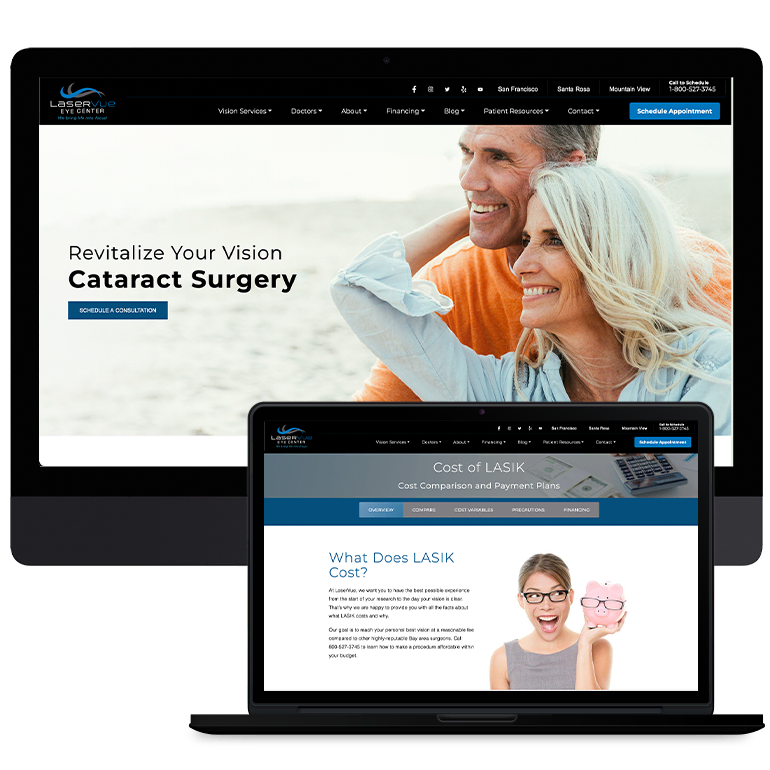
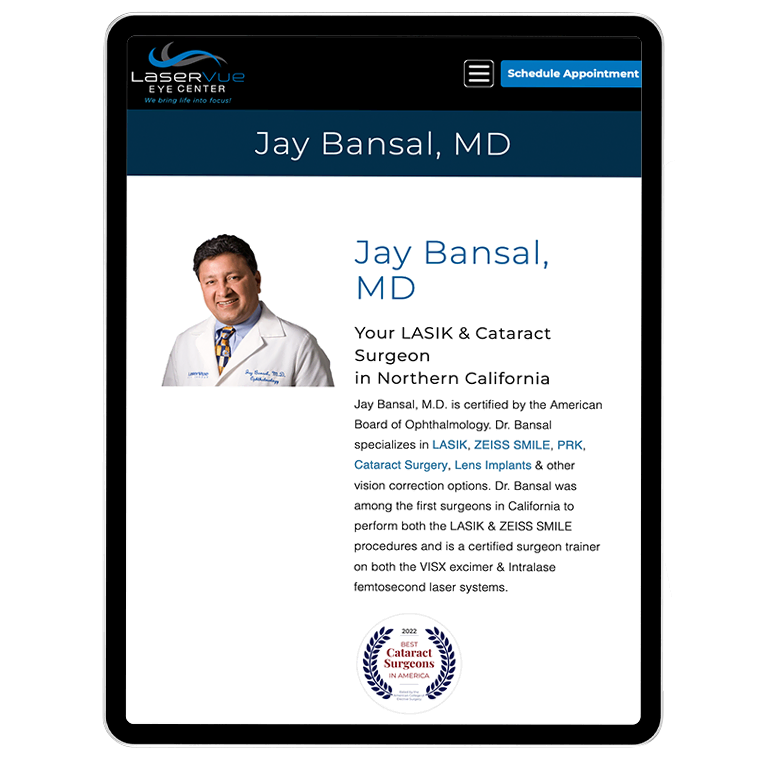
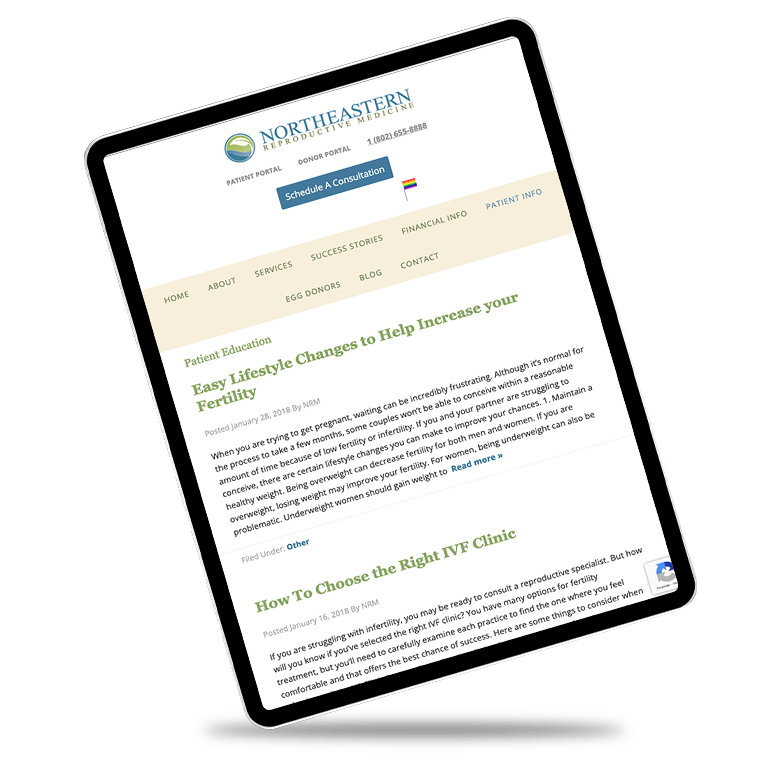
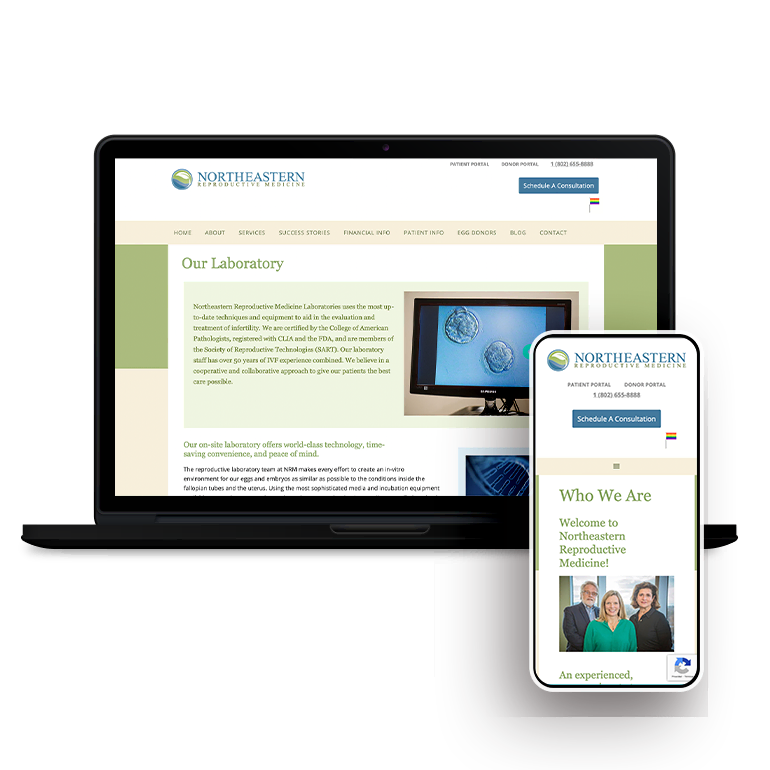
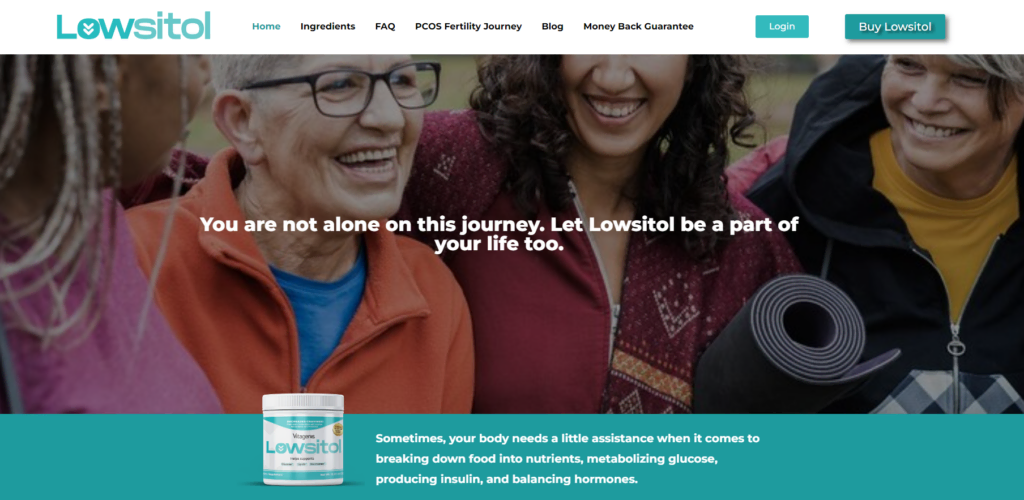
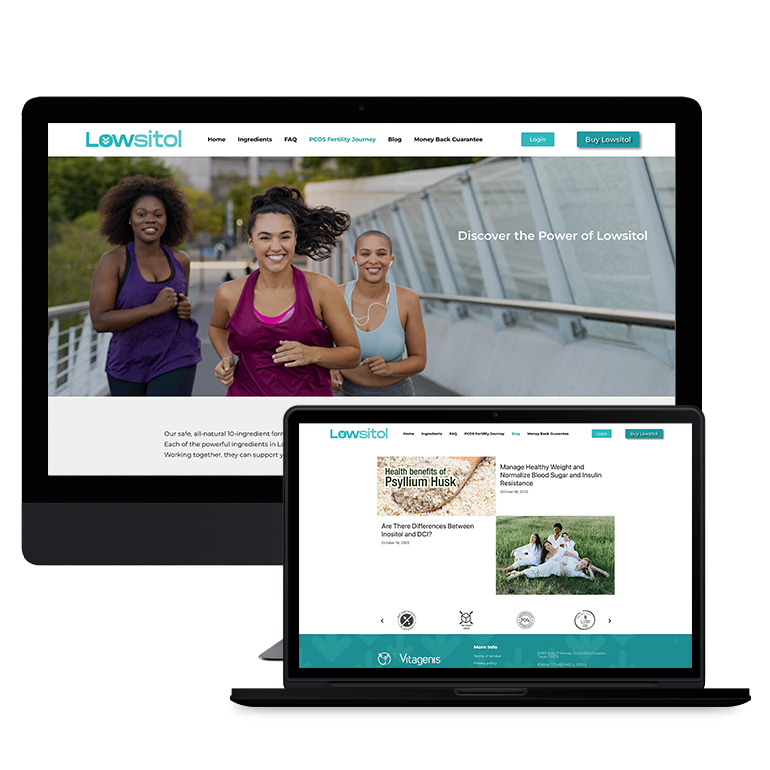
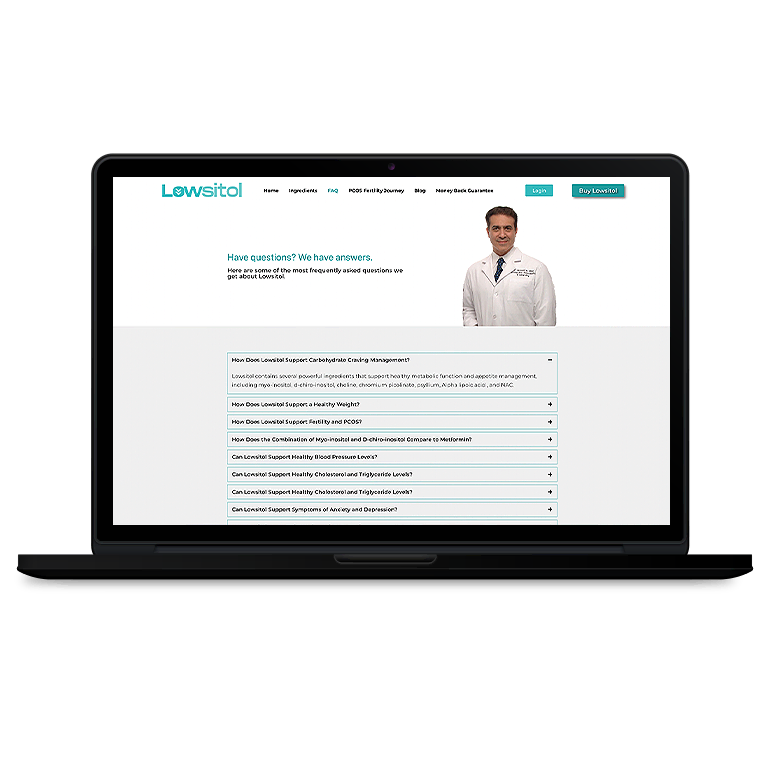
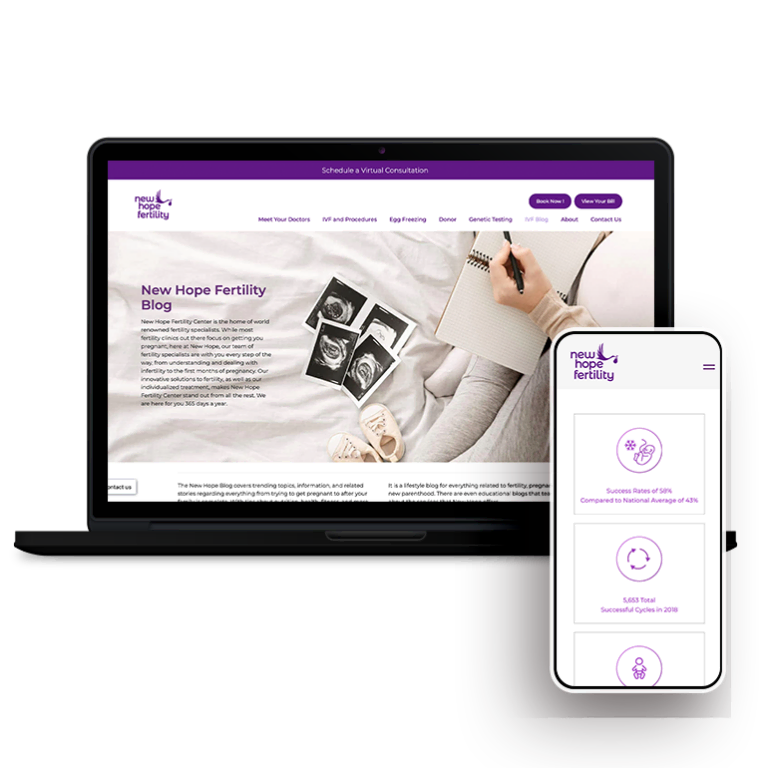
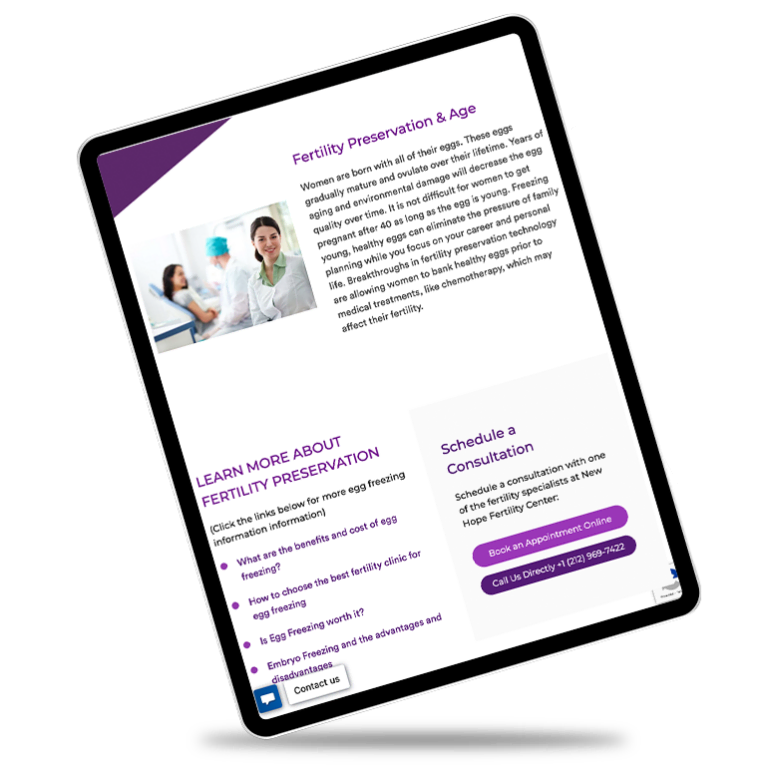
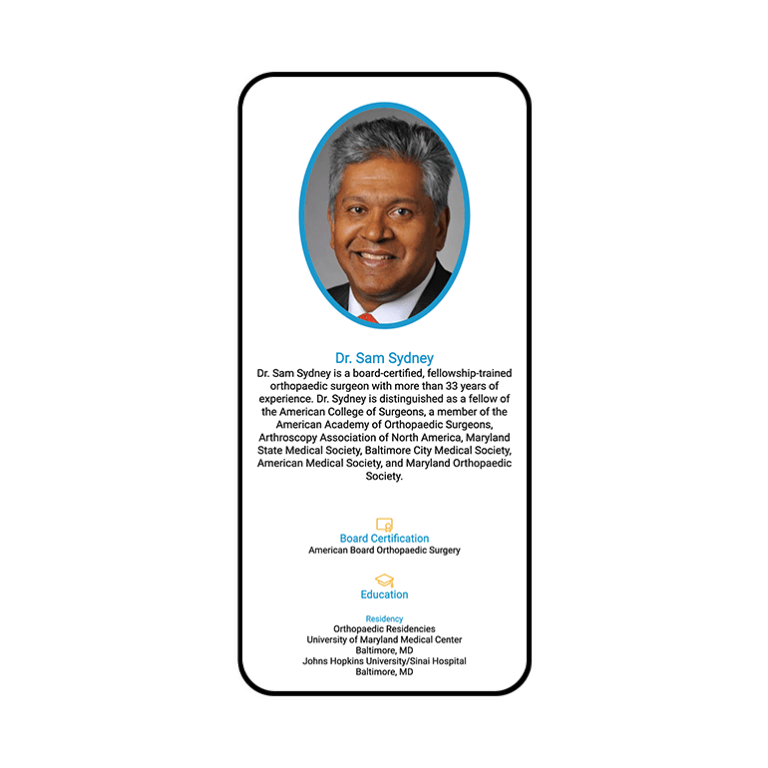
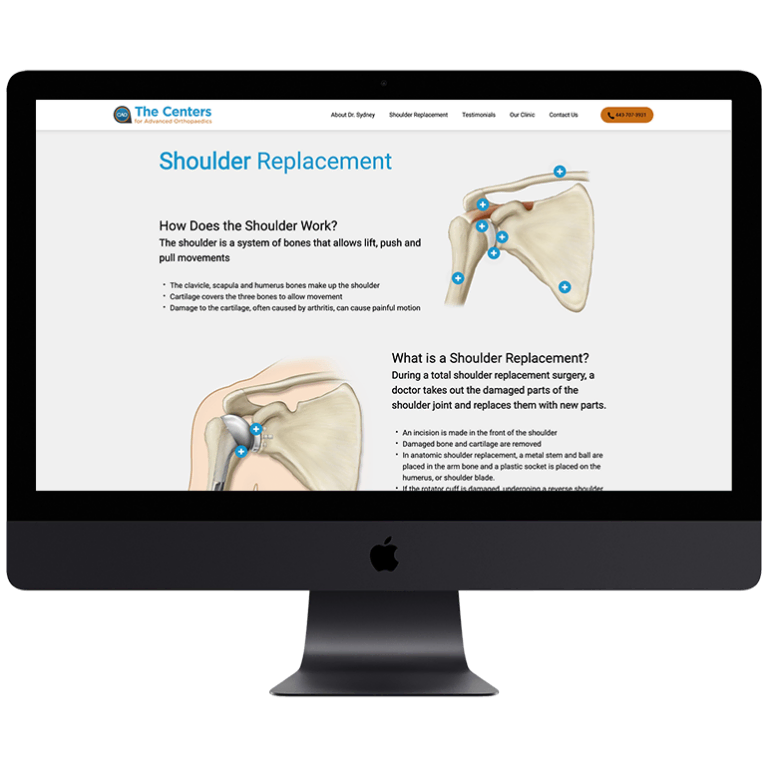
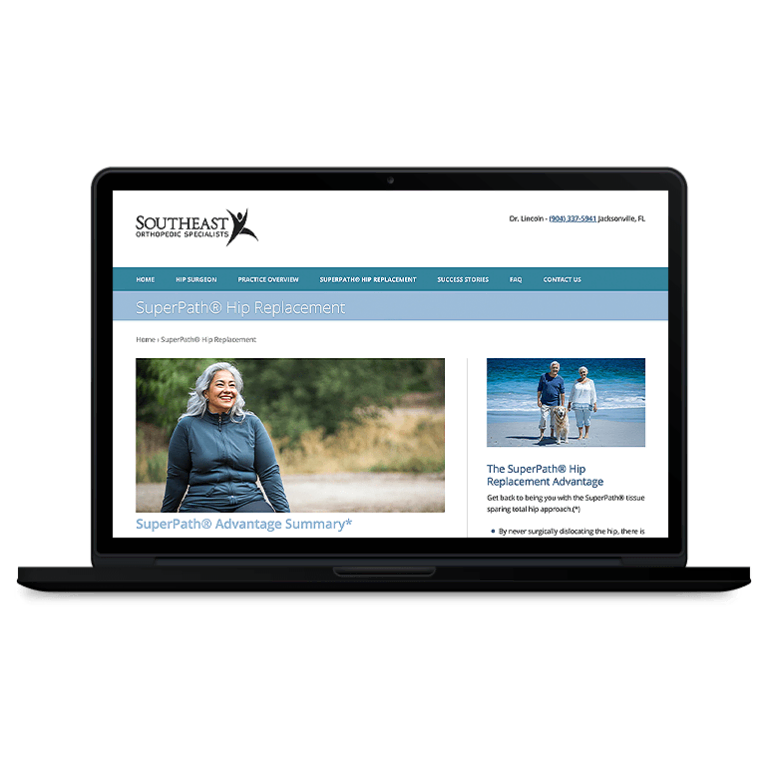
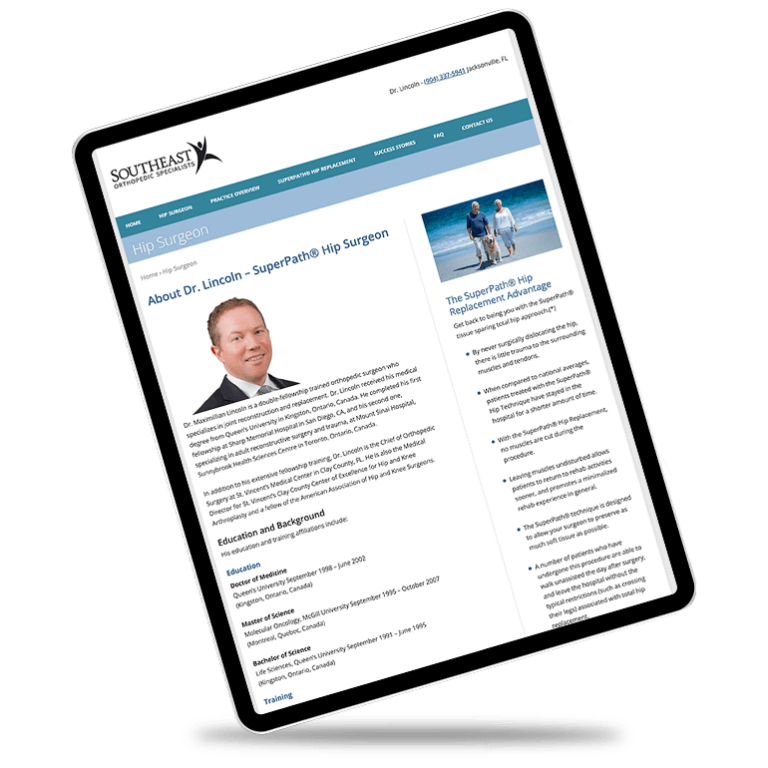
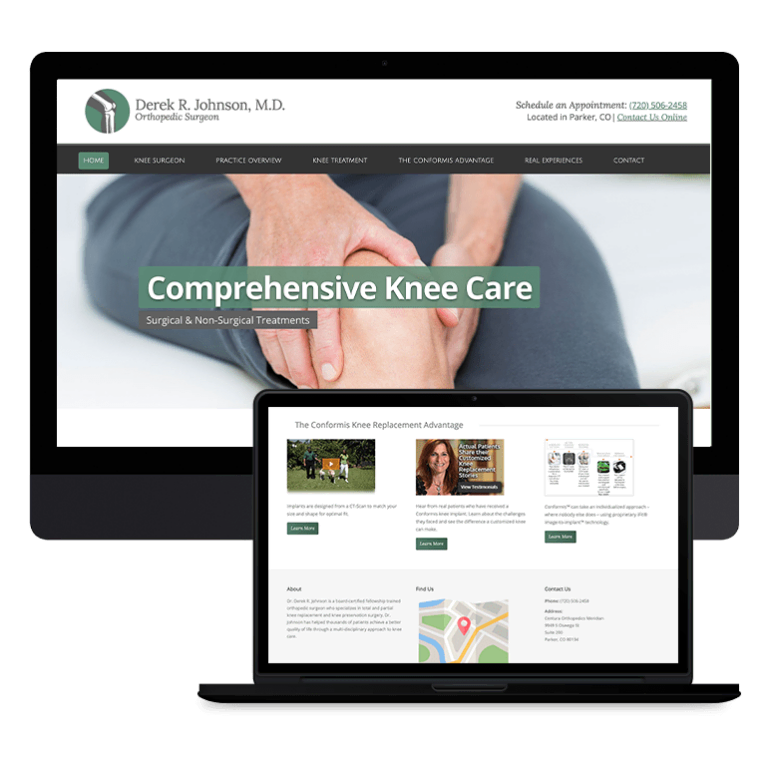
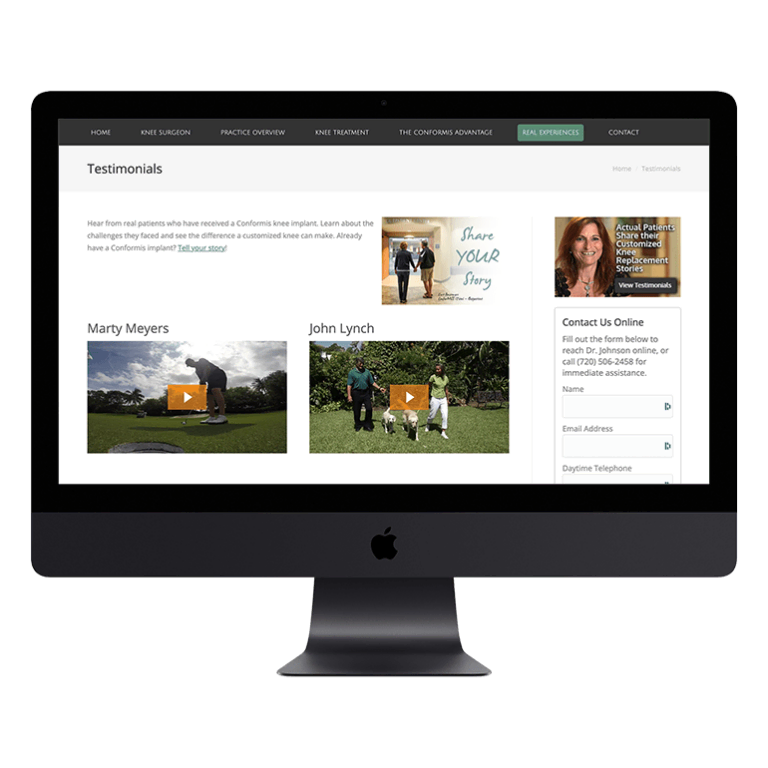
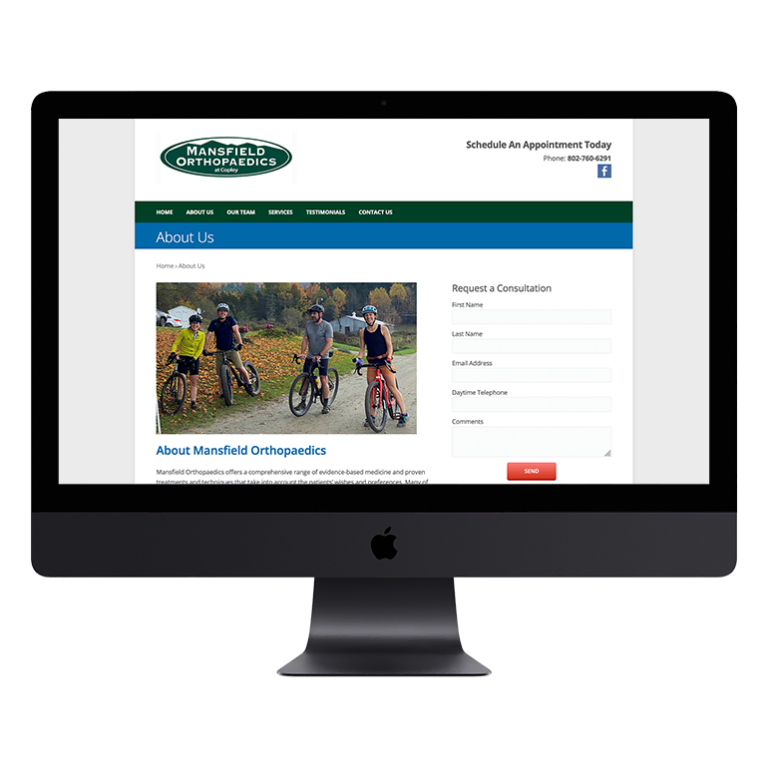
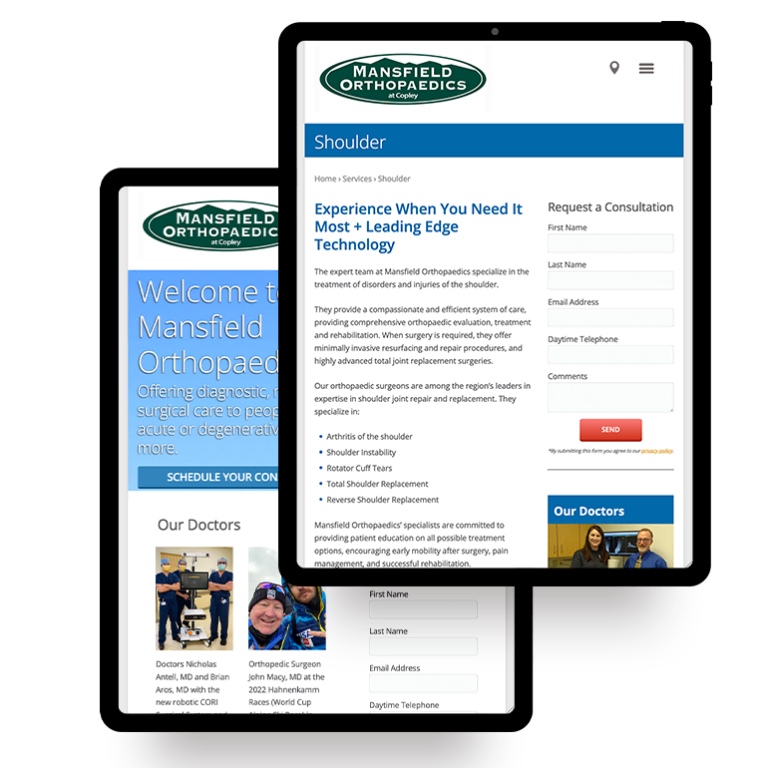
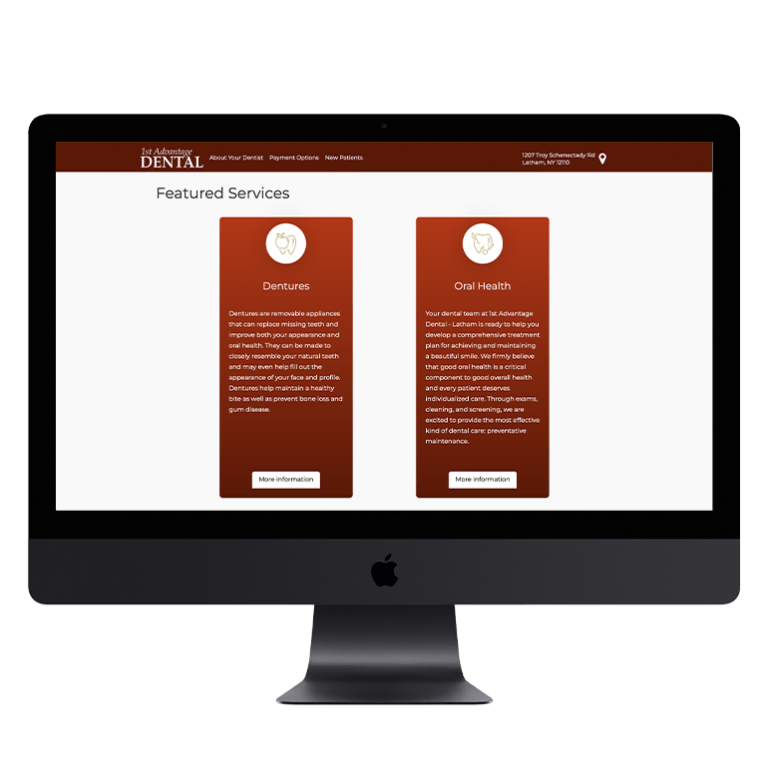
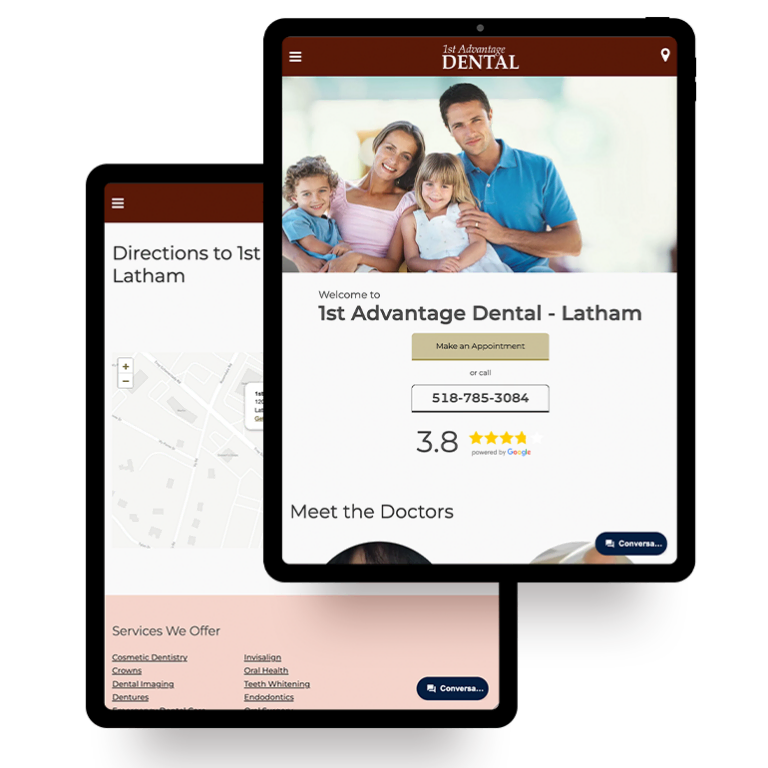
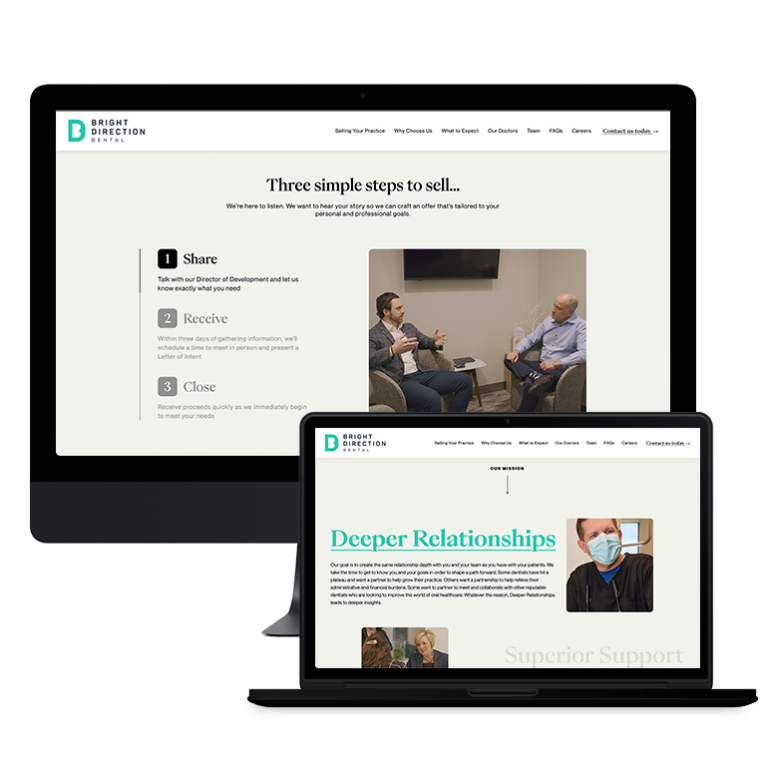
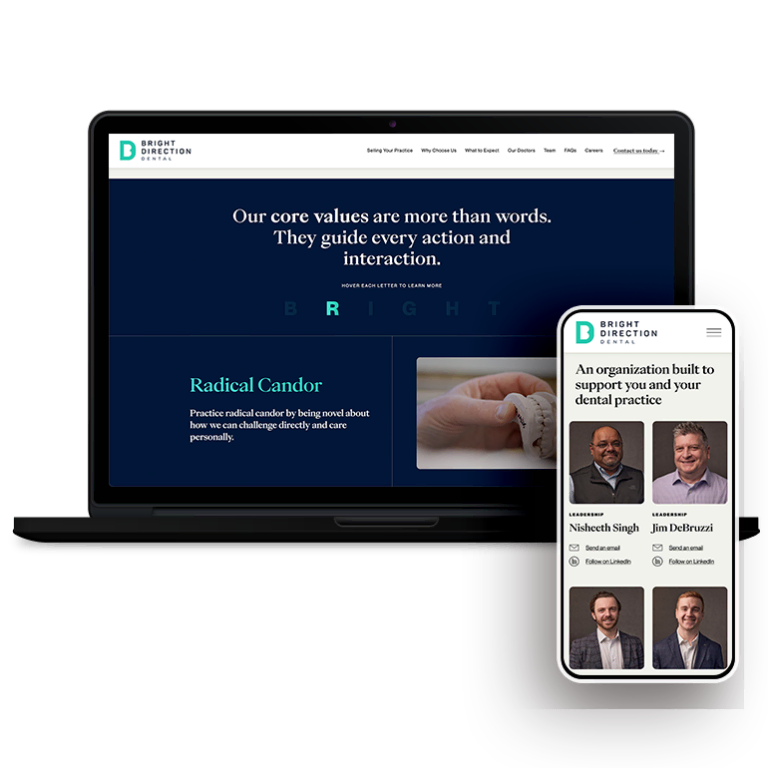
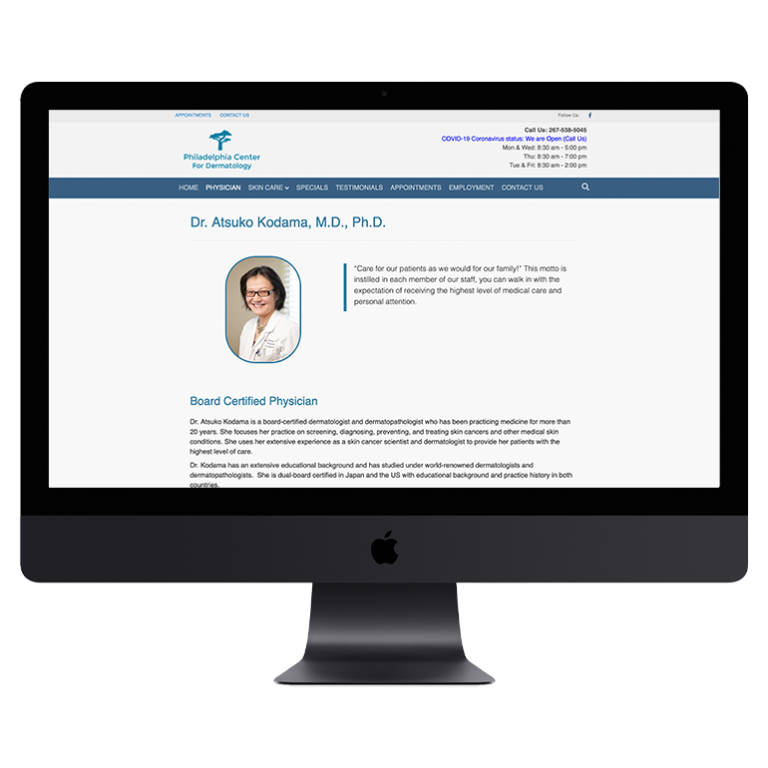
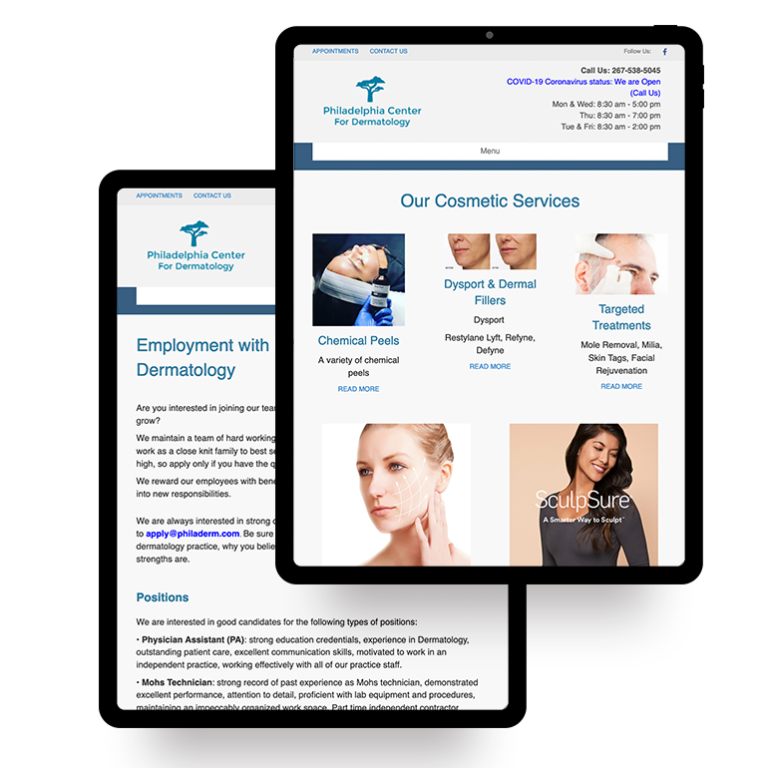
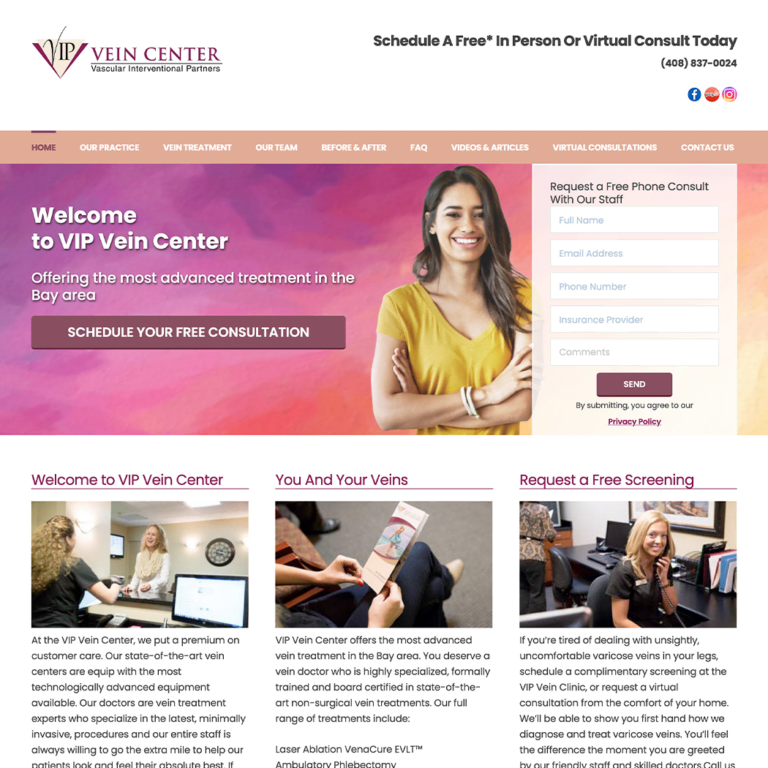
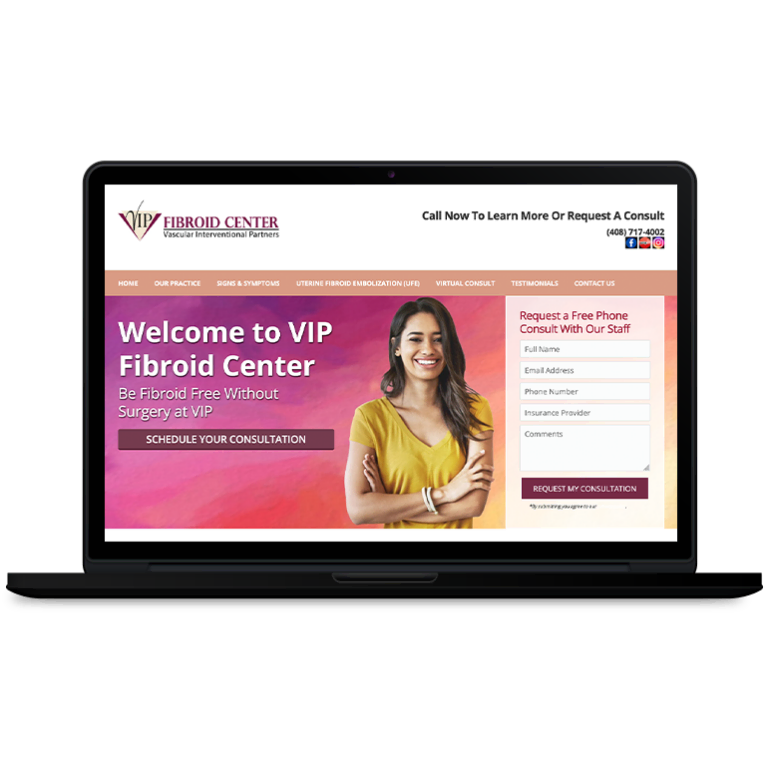
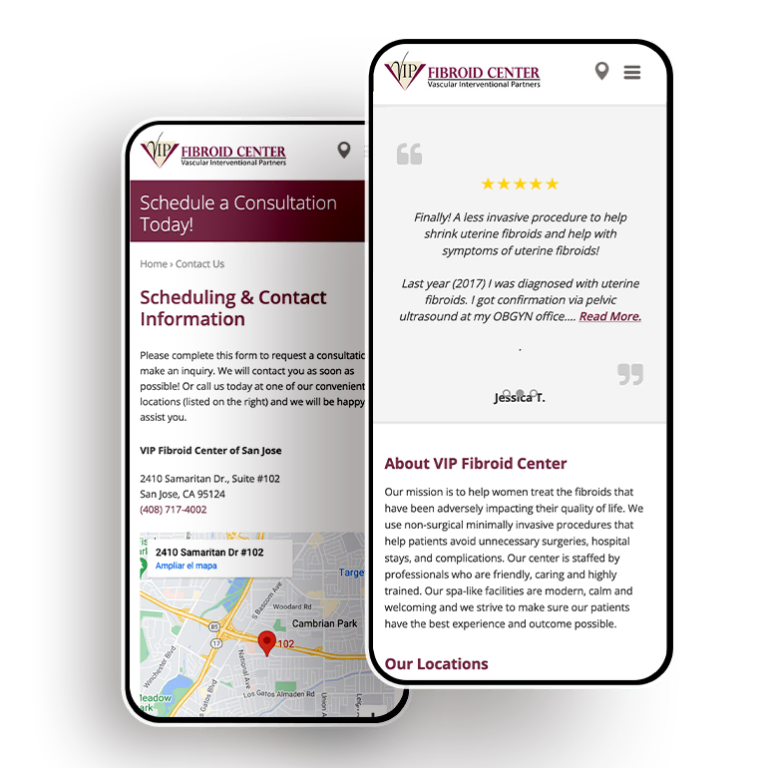
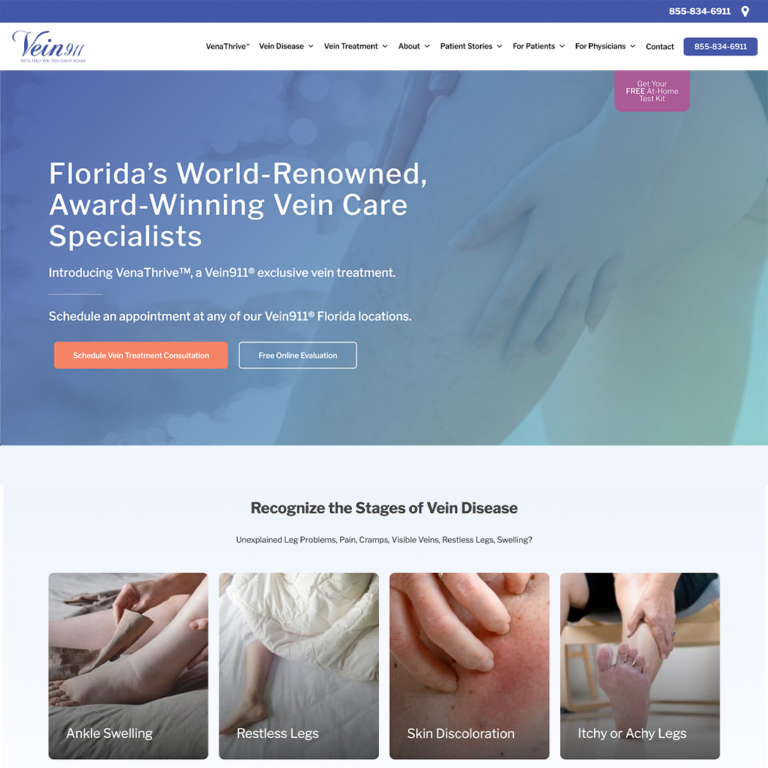
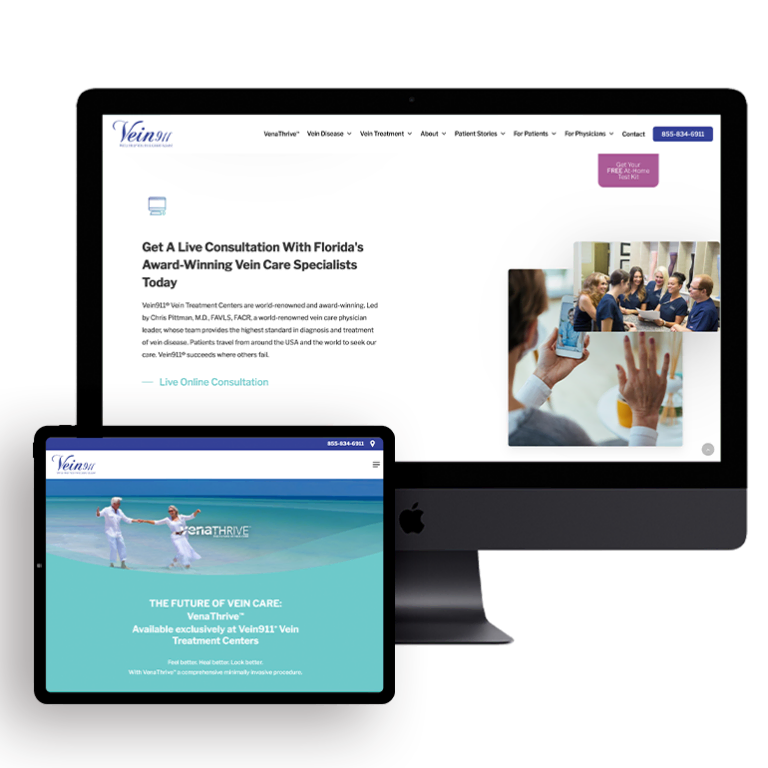
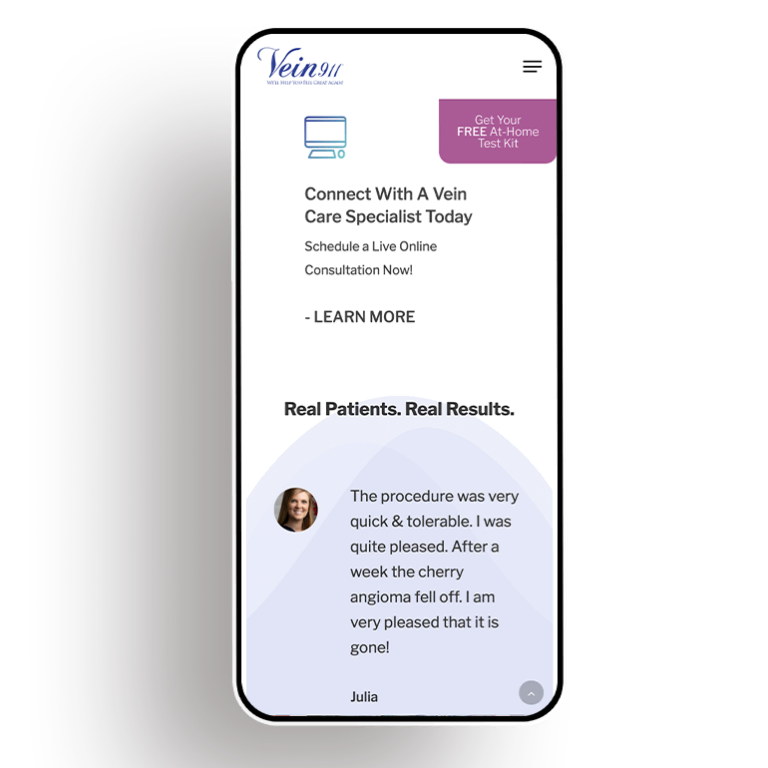
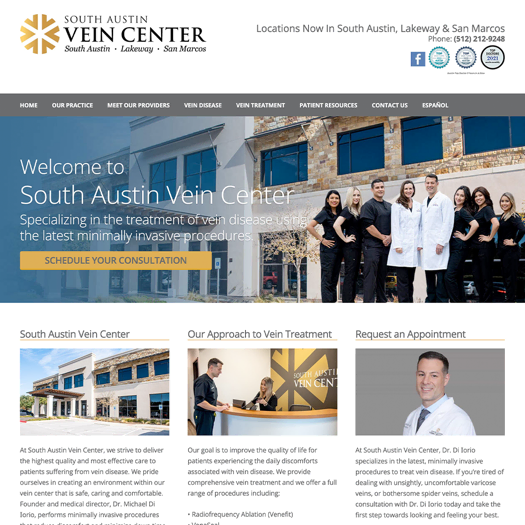
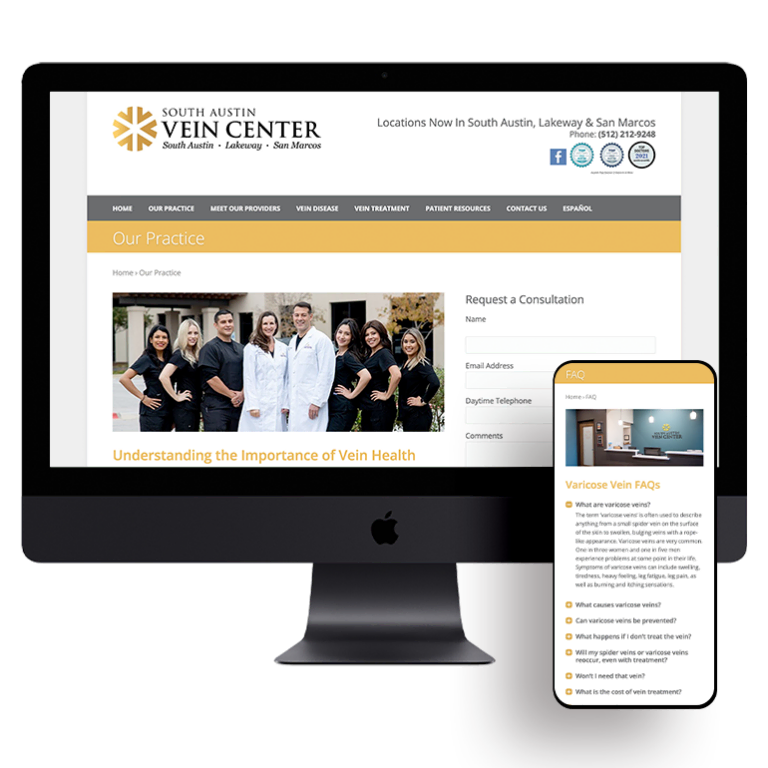
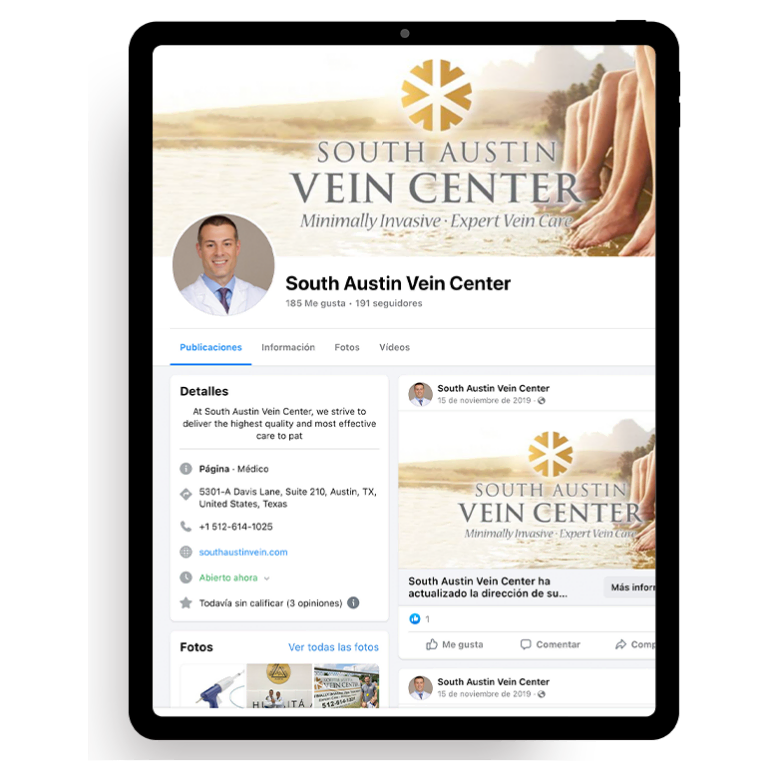

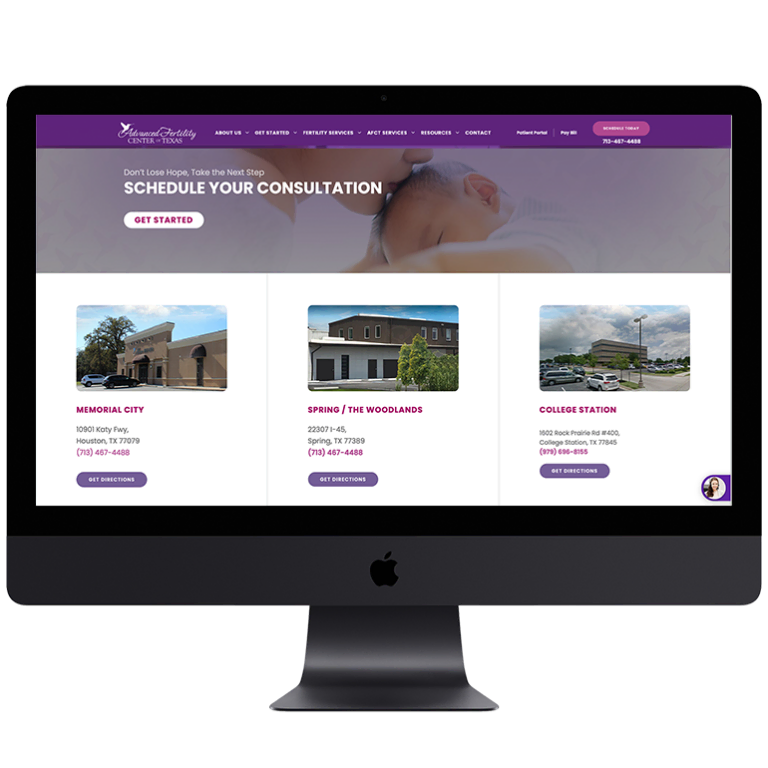
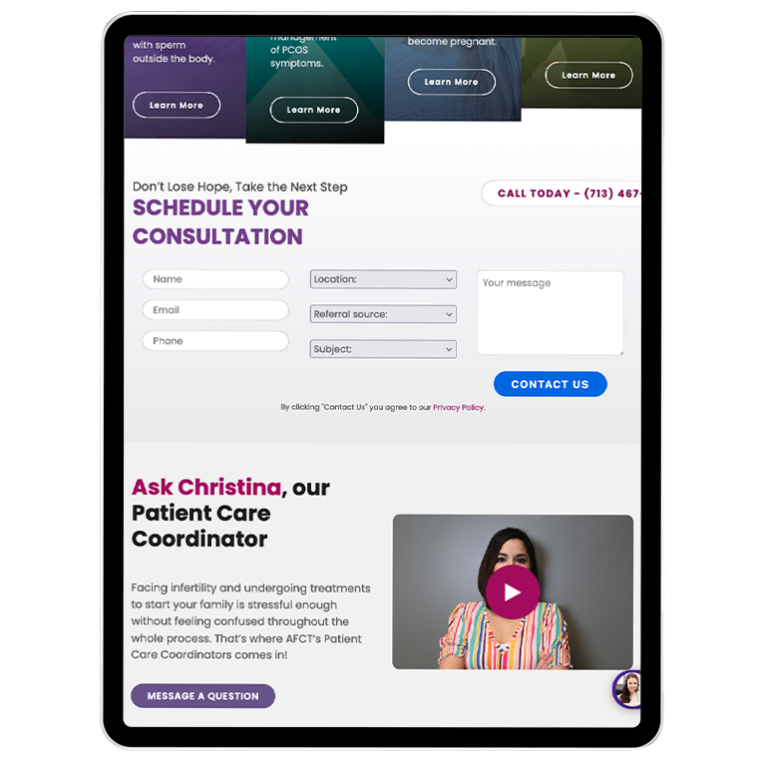
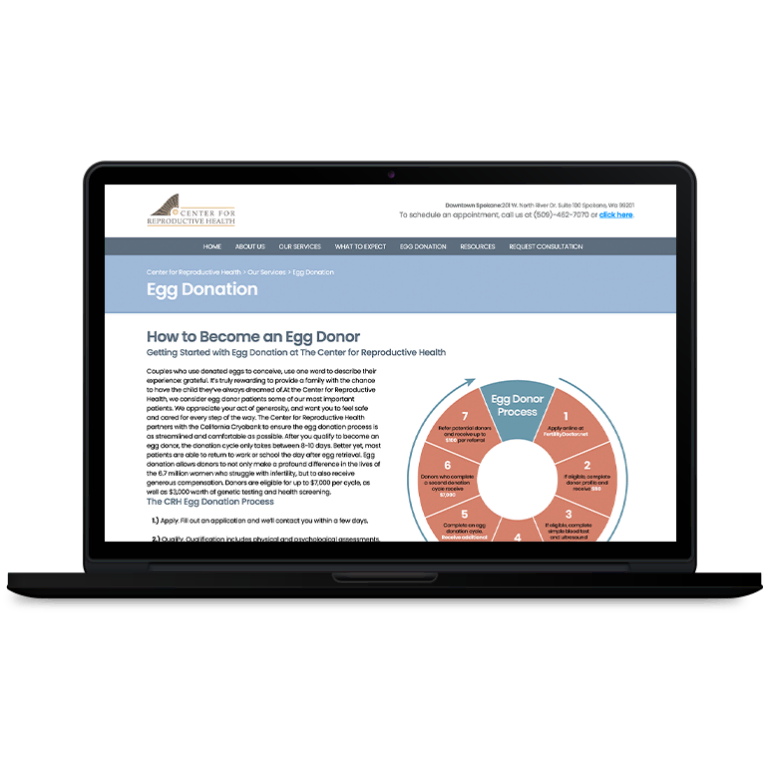
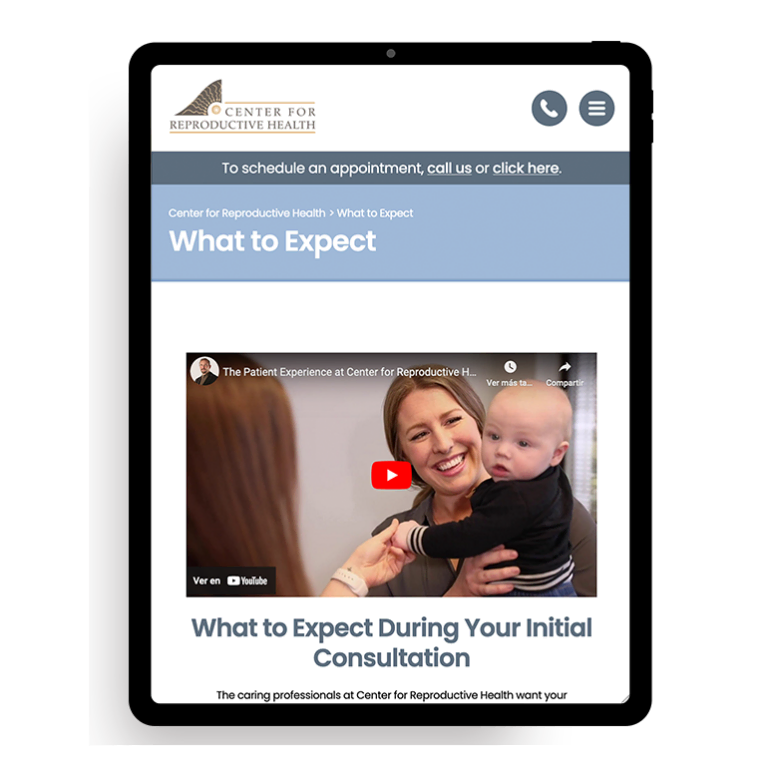
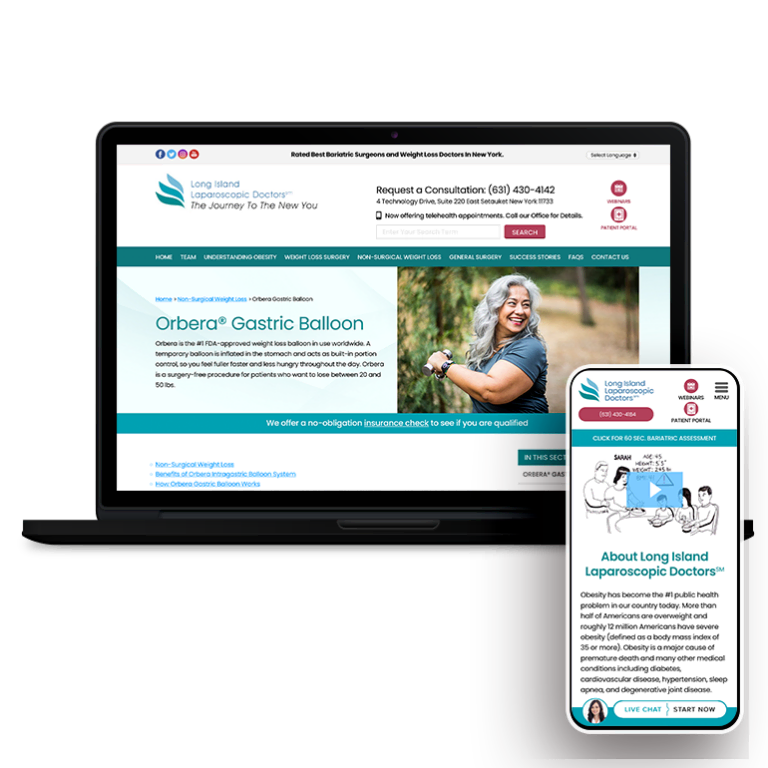
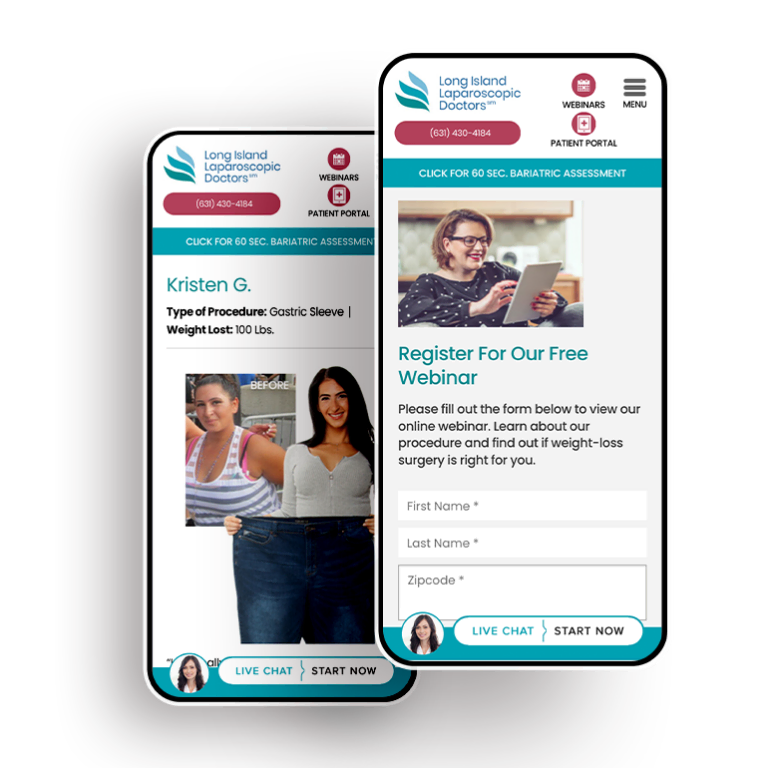
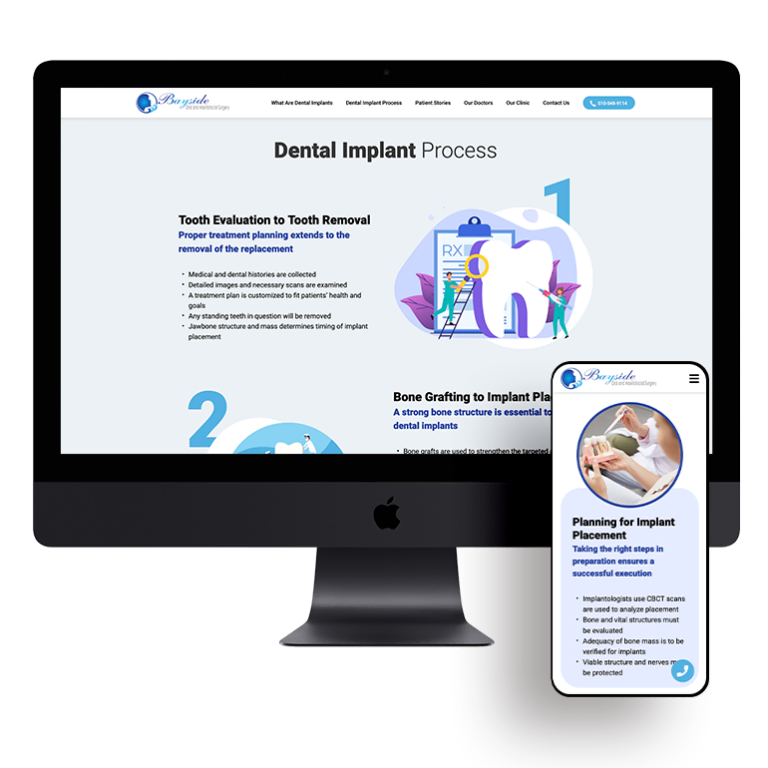
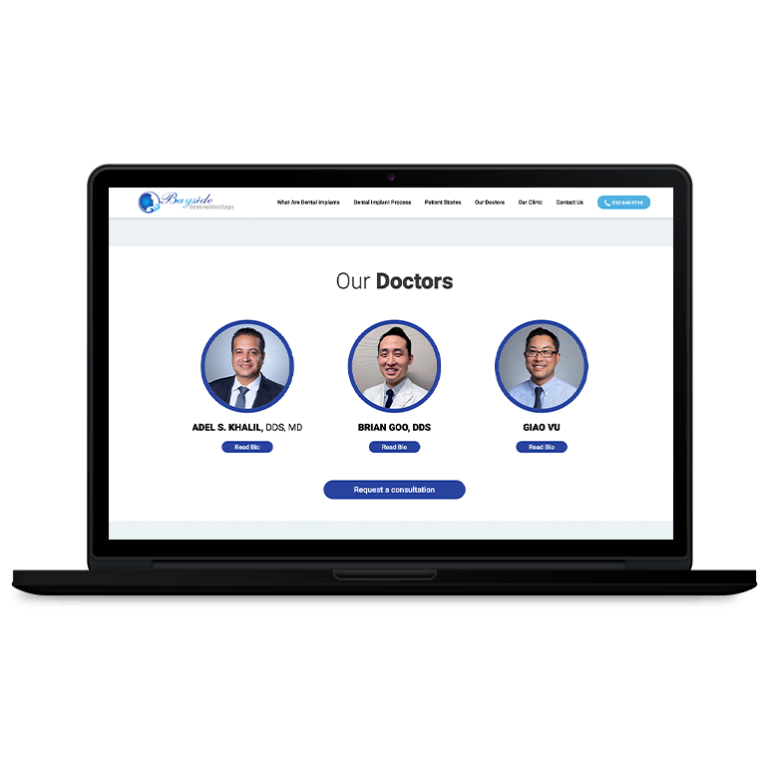
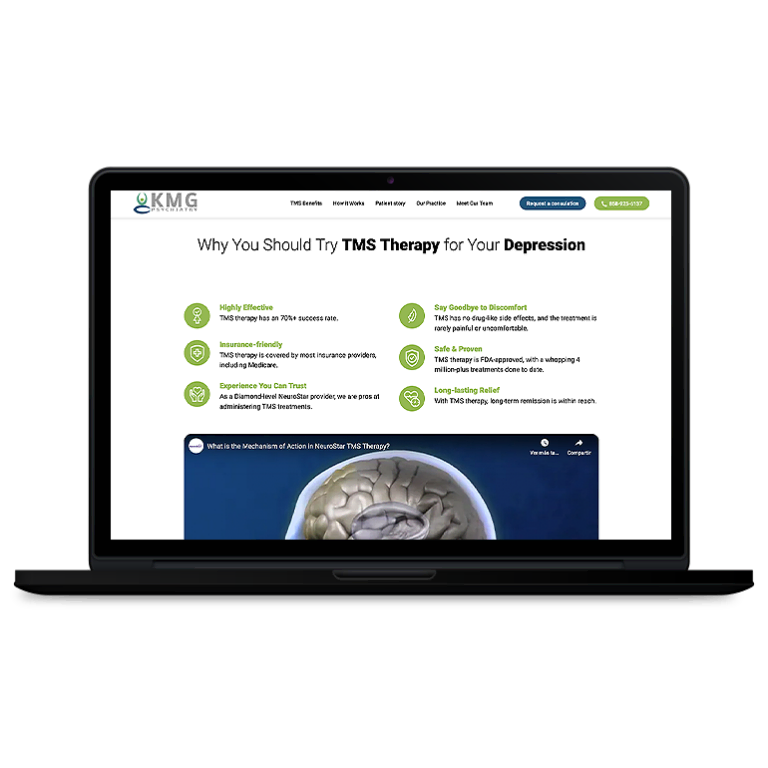
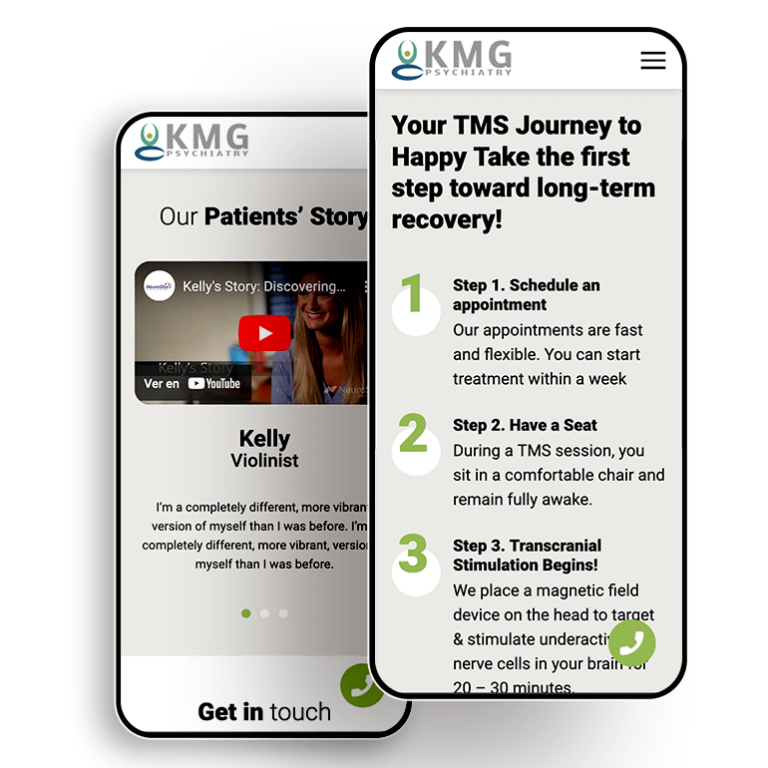
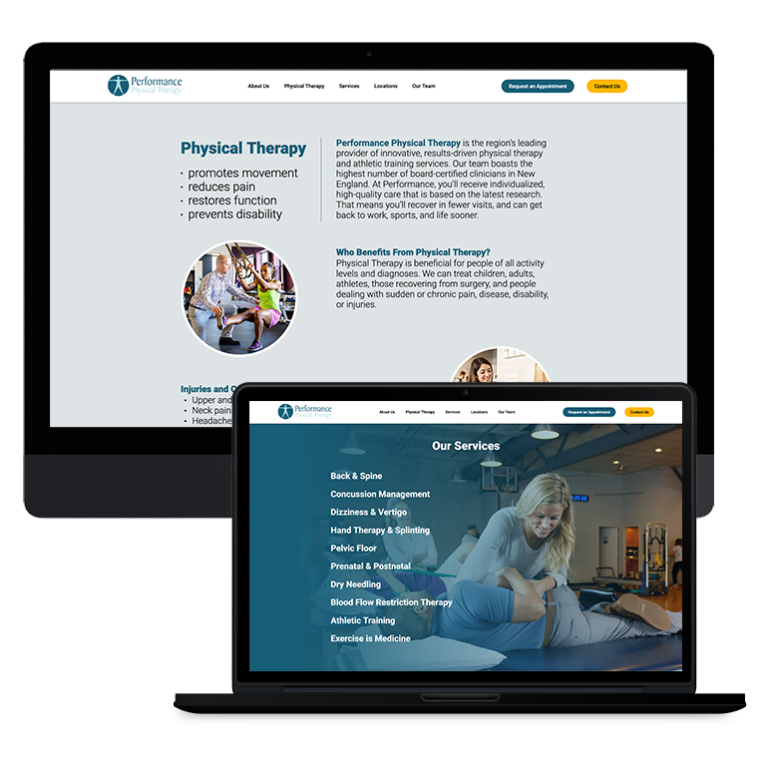
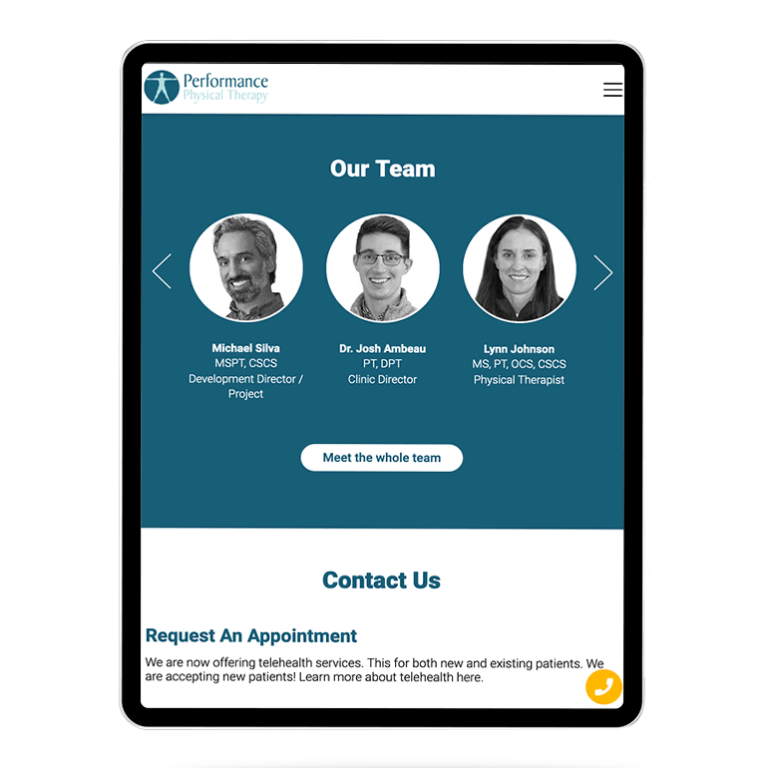
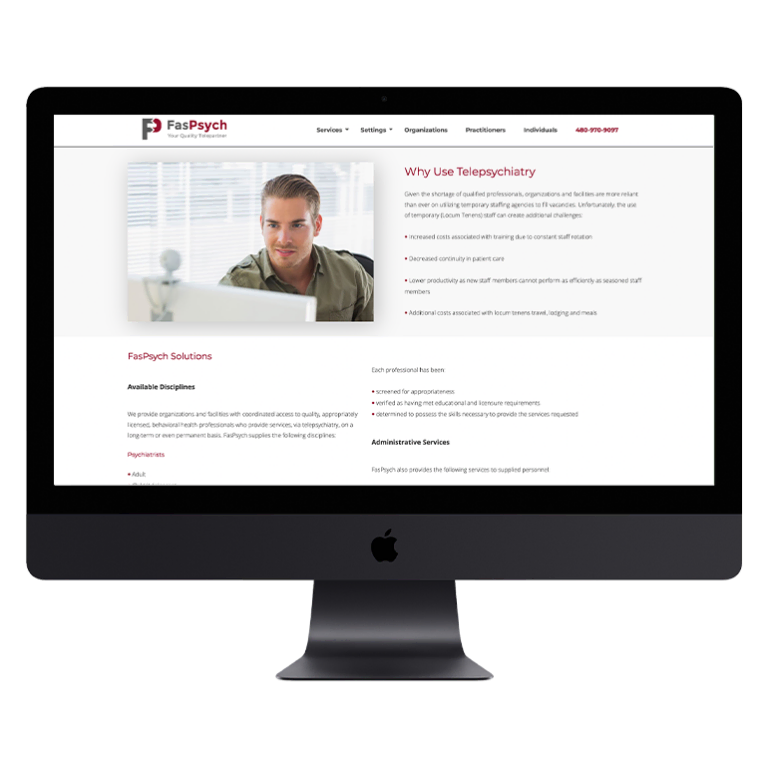
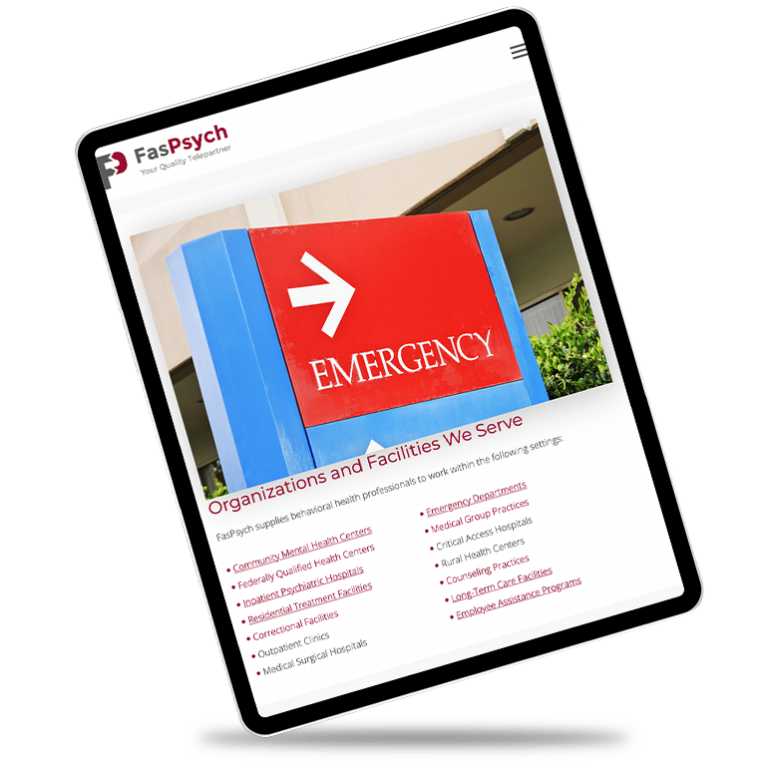
 Smart Design Creates New Patient Opportunities
Smart Design Creates New Patient Opportunities